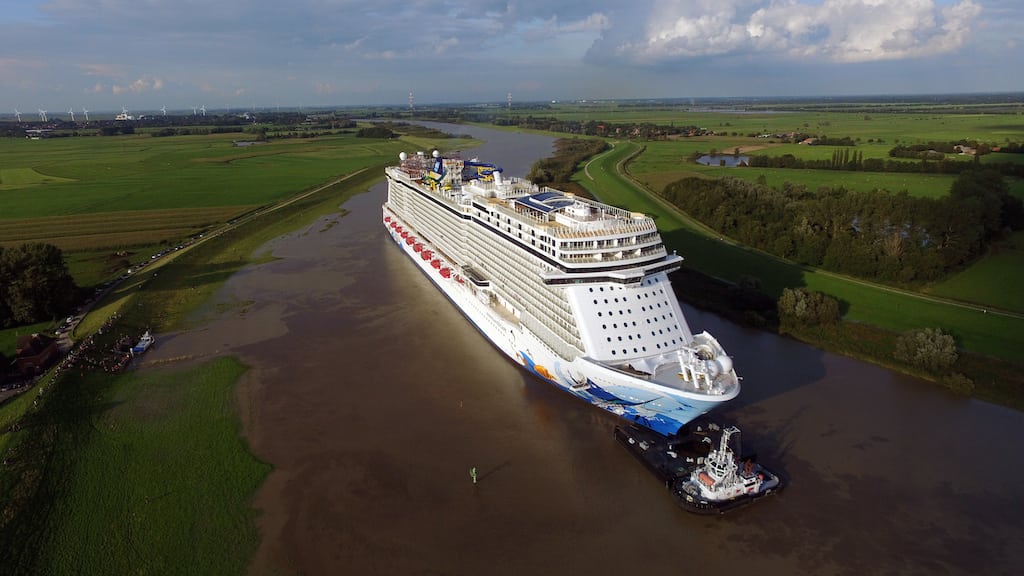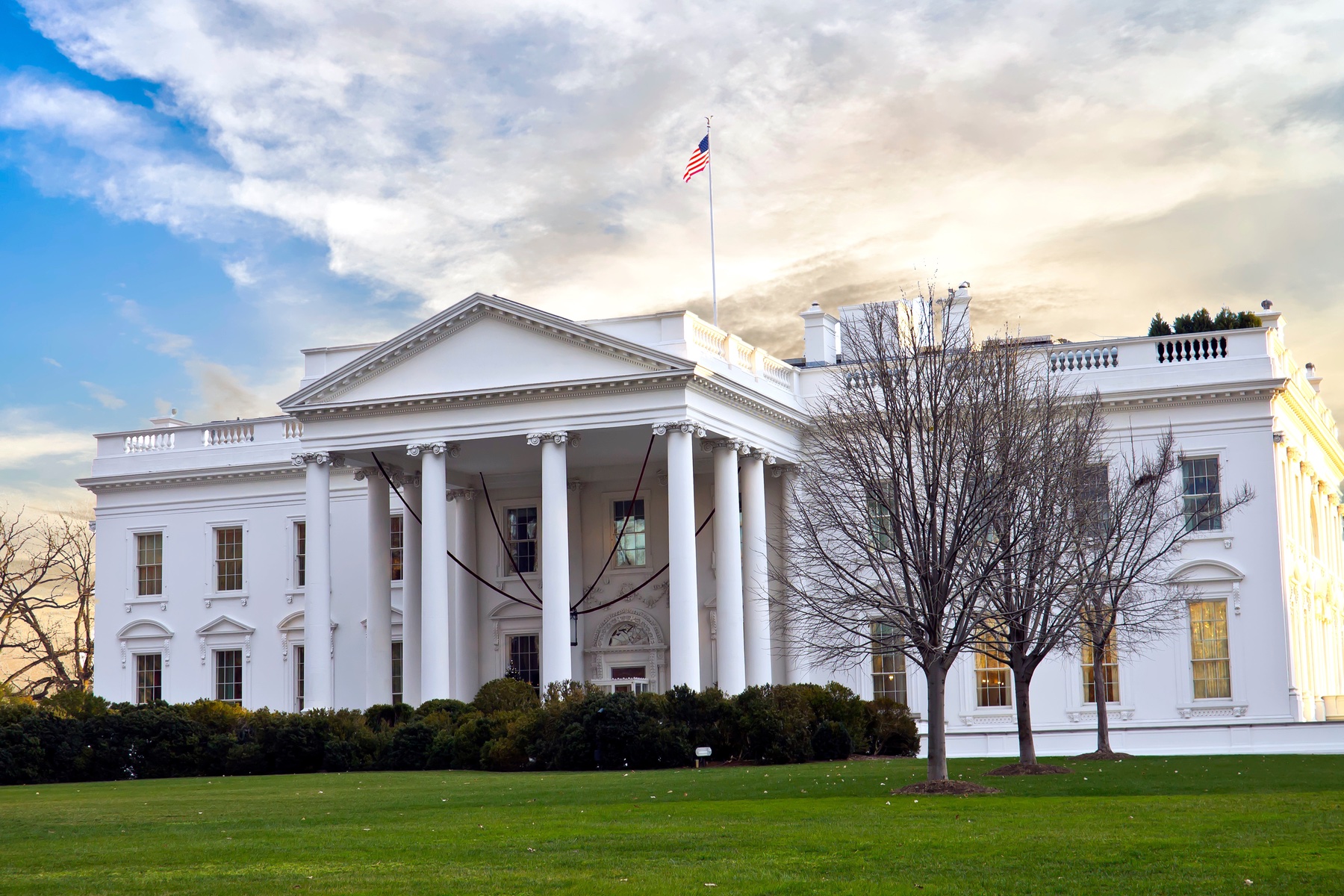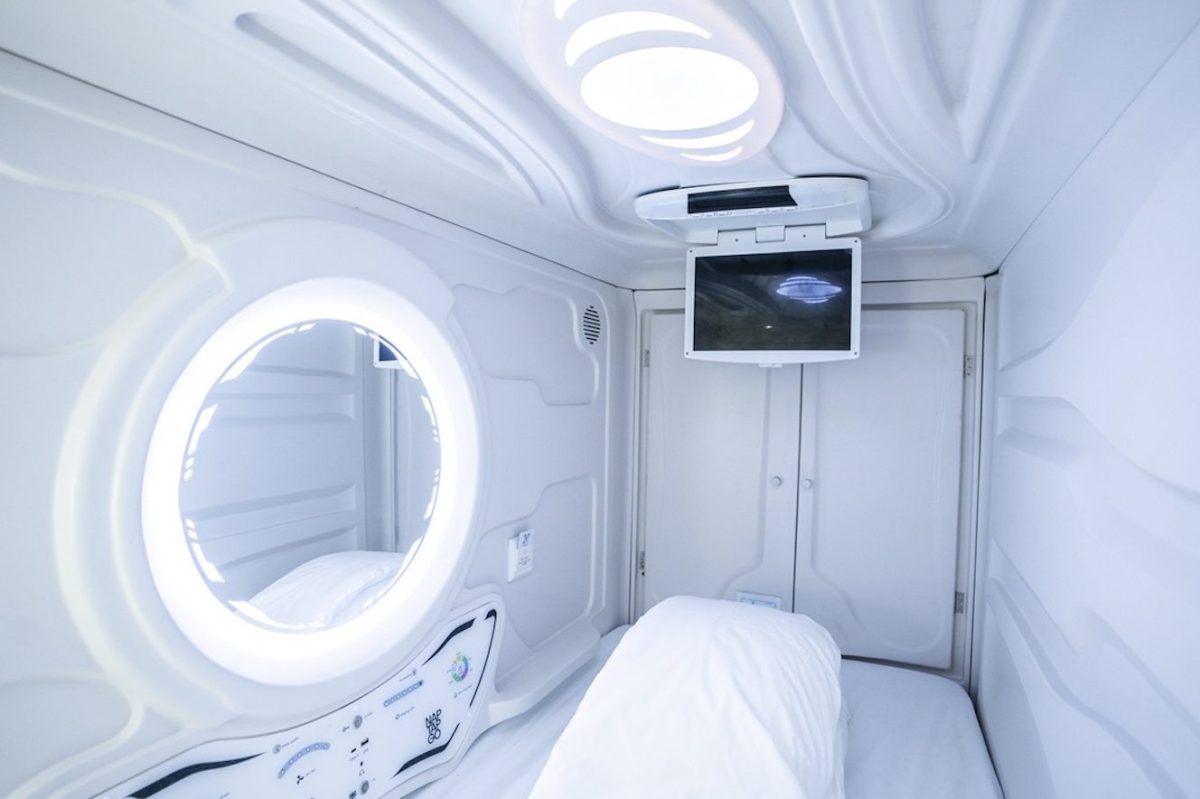Why Cruise Lines Are Building So Many New Ships

Skift Take
The next five years will see a building bonanza in cruising, with both major lines and niche players adding new vessels to their fleets.
A total of 55 new vessels will enter service through 2020, representing a total expenditure of more than $25 billion in ocean ship investment, according to statistics from the Cruise Lines International Association (CLIA).
Even more ships are actually on the way; Carnival Corp. announced last March that it will add nine new ships to its global fleet by 2020.
"These ships will be the most efficient in the fleet and have the largest guest capacity in the world," said Carnival Corp. CEO Arnold Donald on the company's most recent earnings call. "We remain focused on initiatives to constrain costs by leveraging scale."
Incremental cost-savings and efficiencies on the new ships, along with the ability to charge higher fares and more for onboard services, will help improve cruise line profitability.
"The cruise companies, especially publicly traded companies, need to grow their quarterly earnings and one way to do is to have more ships, meaning more capacity, more passengers, more revenue and thus hopefully increased net earnings," said Oivind Mathisen, editor-in-chief of Cruise Industry News. "Not only will the new and usually bigger ships add to the revenue flow, they also tend to be more efficient (lower operating costs) and generate more onboard revenue on top of which they allow the cruise lines to charge higher ticket prices for their newest ships."
At the same time, only a modest growth in the number of cruisers worldwide is expected over the next five years. Industry analytics site Cruise Market Watch suggests that cruise ships will carry 25.3 million passengers in 2019, up from a projected 22.4 million in 2015, which amounts to 12.9 percent increase.
Much like a hotel, a cruise ship can be sold to another company if it underperforms or simply has no place in a brand's fleet anymore. But unlike a hotel, most cruise lines only make money by filling their ships for every sailing; profit is created by ancillaries like shore excursions, premium dining and beverage packages.
By ditching ships that don't perform well and replacing them, cruise lines can rejuvenate their brands and onboard experiences without taking a major hit.
Older ships are already being sent to emerging markets like Asia, in order to capitalize on increased demand from cruisers with lower standards than those in more mature cruise markets. This also moves ships away from struggling or sluggish regions like Europe to regions with more upside.
Mathisen thinks that cruise lines won't be forced to reduce fares due to an abundance of supply.
"Even if the cruise lines were forced to slash prices, the new ships will improve their economies of scale," said Mathisen. "They are more efficient and offer more onboard revenue opportunities. In short, they are more profitable."
Even if the world economy sours and people stop spending on cruise vacations, cruise lines with ships on the way are well-positioned to continue making a profit.
"In a worst case doomsday scenario, cruise lines could retire their older ships and only sail their new ships, which are more profitable," said Mathisen. "So apart from taking a book-loss or write-down of the ships out of service, if that were to be the case, they will continue to make money with their new ships."




